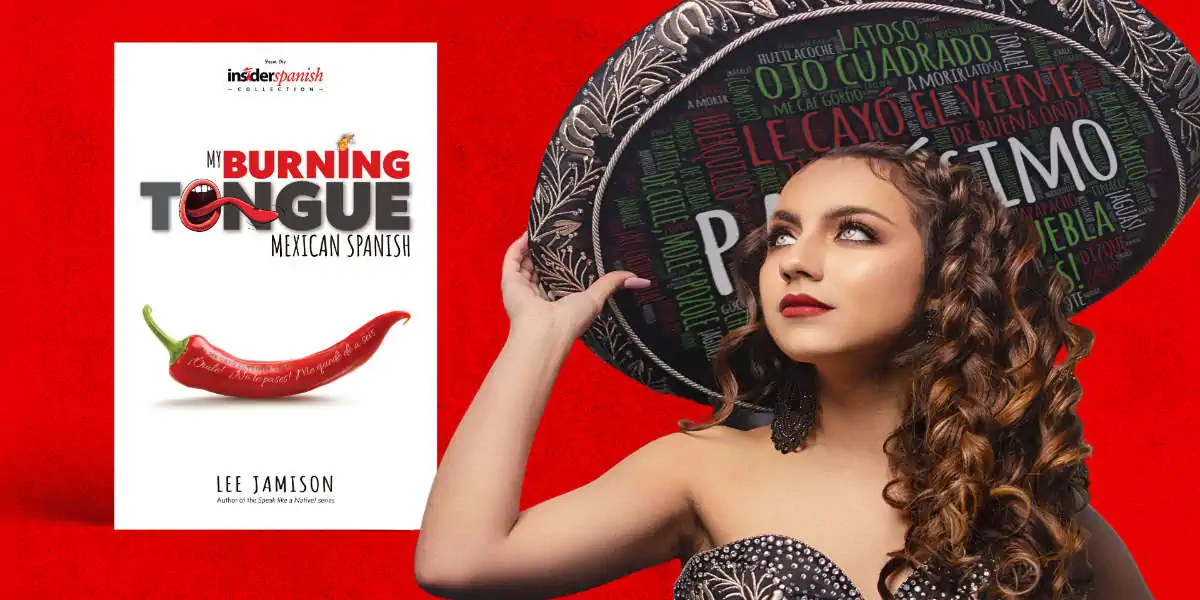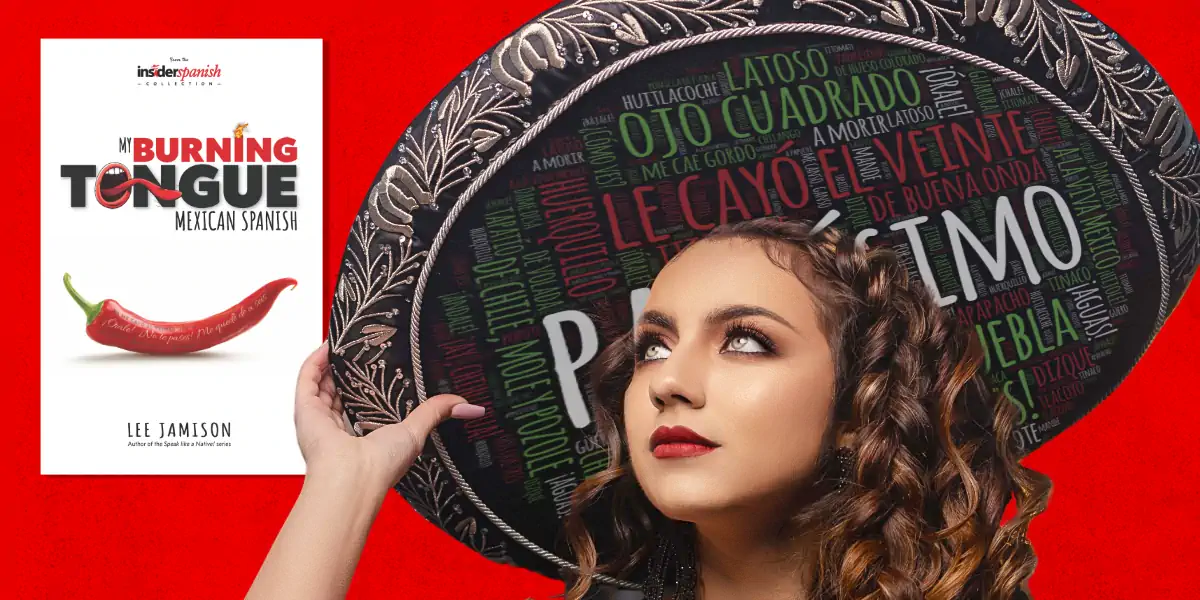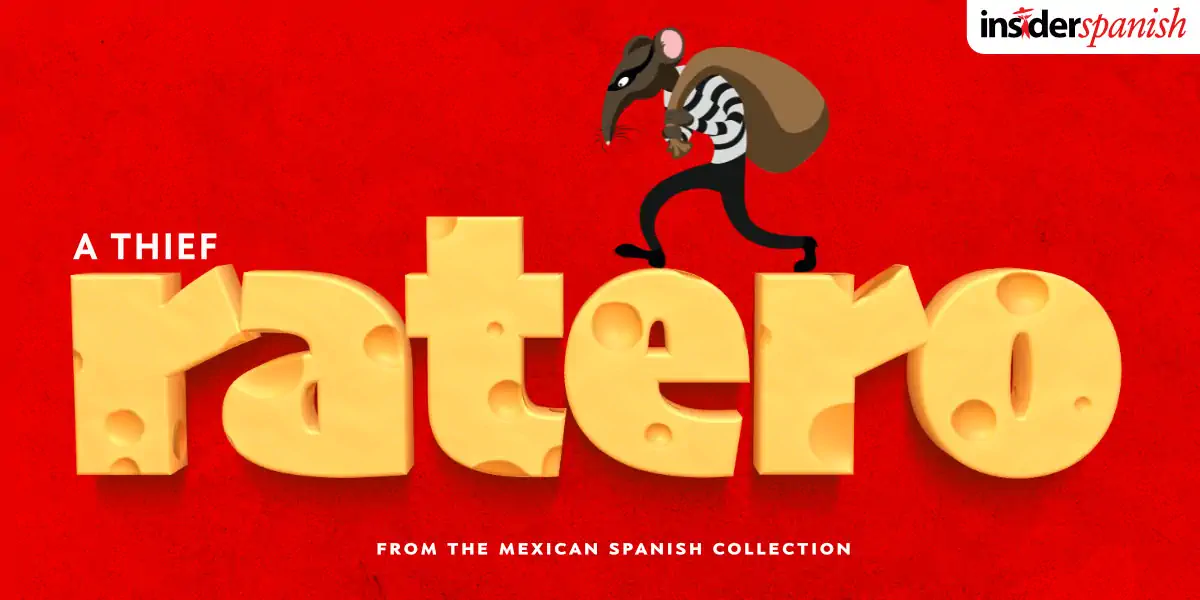This Mexican Spanish Book Will Make Your Mouth Sizzle
Looking for the definitive book on Mexican Spanish? Look no further.

Image of Mexican woman by Miguel Gonzalez on unsplash.com
🌶️ ONE of the greatest Mexican lies is that el chile no pica, that is, that the pepper isn’t hot. The reality? Instant gastritis. Even so, there’s no doubt that Mexican food is synonymous with spicy heat. Author Lee Jamison saw a language parallel between that culinary firepower and Mexican Spanish. It spawned the title for his latest book My Burning Tongue: Mexican Spanish. We caught up with Lee recently to find out the story behind the book.
Why did you decide to write a book about Mexican Spanish?
My wife and I had lived in Nicaragua for 17 years. Then, in 2012, our work transferred us to Mexico. During those years I had grown fond of the local language and prided myself in learning Nicaraguan words and sayings, a practice that truly enriched my life.
When we arrived in Mexico, it became clear immediately that my Nicaraguan sayings wouldn’t cross the border easily. And soon locals bombarded us with one Mexican phrase after another, for which we were woefully prepared.
What are some examples of Mexican Spanish that prompted you to start writing?
One day my supervisor scanned over a letter I had written and returned it with: Estás echando mucha crema a los tacos. He was literally saying that I was putting too much sour cream on the tacos. But what sour cream? And what tacos? I was writing a memorandum!
Another day a friend of mine was telling a story about how a group of engineers were astounded when a humble worker used rudimentary implements to remove a huge boulder from the path of a large building’s foundation. “No,” he gushed. “Se quedaron de a seis.” That literally means that they ended up at six. But why six? Why not seven? Or five? And what was that supposed to mean???
We decided to lasso those new words and phrases in their tracks and bring them to their knees. At once we asked our friends: “What does that mean? In what context do you use it?” And we started a little notebook that grew more and more as the years passed.
Just before the pandemic, we took some time to visit family in the States and suddenly found ourselves in the middle of a worldwide pandemic. As a result, I was given a six-month leave of absence, just the right amount of time to turn that little notebook into a user-friendly manual that any English speaker could use to master Mexican Spanish.
Is this another book about Mexican slang?
Not at all. Although some slang is included, it is essentially a guide to contemporary conversational Mexican Spanish. Its goal is to familiarize readers with the specialized meanings that only Mexicans understand. They are the words and phrases you would never find in a generic Spanish phrasebook. They are the stuff that conversations are made of.
For example, quedarse de a seis, mentioned above, is an example of an idiom, that is a group of words whose meaning differs from the meaning of each individual word. In this case, ending up at six means to be surprised, astonished. For more examples, read the article 20 Ways to Speak Mexican Spanish.
What are the limitations of most Spanish textbooks and phrasebooks?
Those textbooks have their purpose. Obviously, if you know no Spanish at all, you need to start somewhere. You have to learn basic vocabulary, familiarize yourself with the syntax, or word order, of the language. And then the most challenging aspect is memorizing verb conjugations.
The books I have published are designed to point out words and phrases that only locals understand, and which are not found in generic textbooks. I wish that I had a copy of My Burning Tongue when I arrived in Mexico back in 2012 because it would have jumpstarted my understanding of Mexican Spanish.
What kind of readers will benefit the most from My Burning Tongue ?
Definitely any foreigners who are learning Spanish and living in Mexico will find it helpful. Since Mexicans are the largest immigrant population living in the United States, those who converse with Mexicans at work or socially even here in the States will benefit tremendously.
Mexican-Americans, or chicanos, as some prefer to be called, will likewise find value. The longer they are in the States, the more they lose their language. If words were pictures, then this book is their family album. It will help them to reconnect to their roots.
And, third of all, translators who may have some difficulty understanding the nuances of Mexican Spanish will find the book a helpful reference.
Why did you choose the title My Burning Tongue ?
I was looking for a title with a double meaning, in this case, tongue refers not just to the appendage in our mouths, but to language. And, after living in Mexico for several years, the local lexicon burned itself into my memory. As a collection those words, idioms and sayings are the tongue that burned my mouth.
#Ad
Get the Ultimate Guide to
Mexican Spanish!

MORE than 167 million natives speak Mexican Spanish—with nearly 40 million speakers in the United States alone. Explore the idiosyncrasies of this colorful language spoken throughout the region. If a Mexican asks you for a popote, should you be worried? If he shouts ¡Aguas!, will you get wet? If another asks ¿Cómo ves?, is he concerned about your visual acuity? Find out what Mexicans are really saying as you uncover the hidden meaning behind more than 500 local words, idioms, and sayings. Some 100 illustrations make it easy to grasp the concept behind the words. We don't teach you Spanish; we teach you how to make your Spanish more Mexican! Get your copy today! Available in print and Kindle versions.





